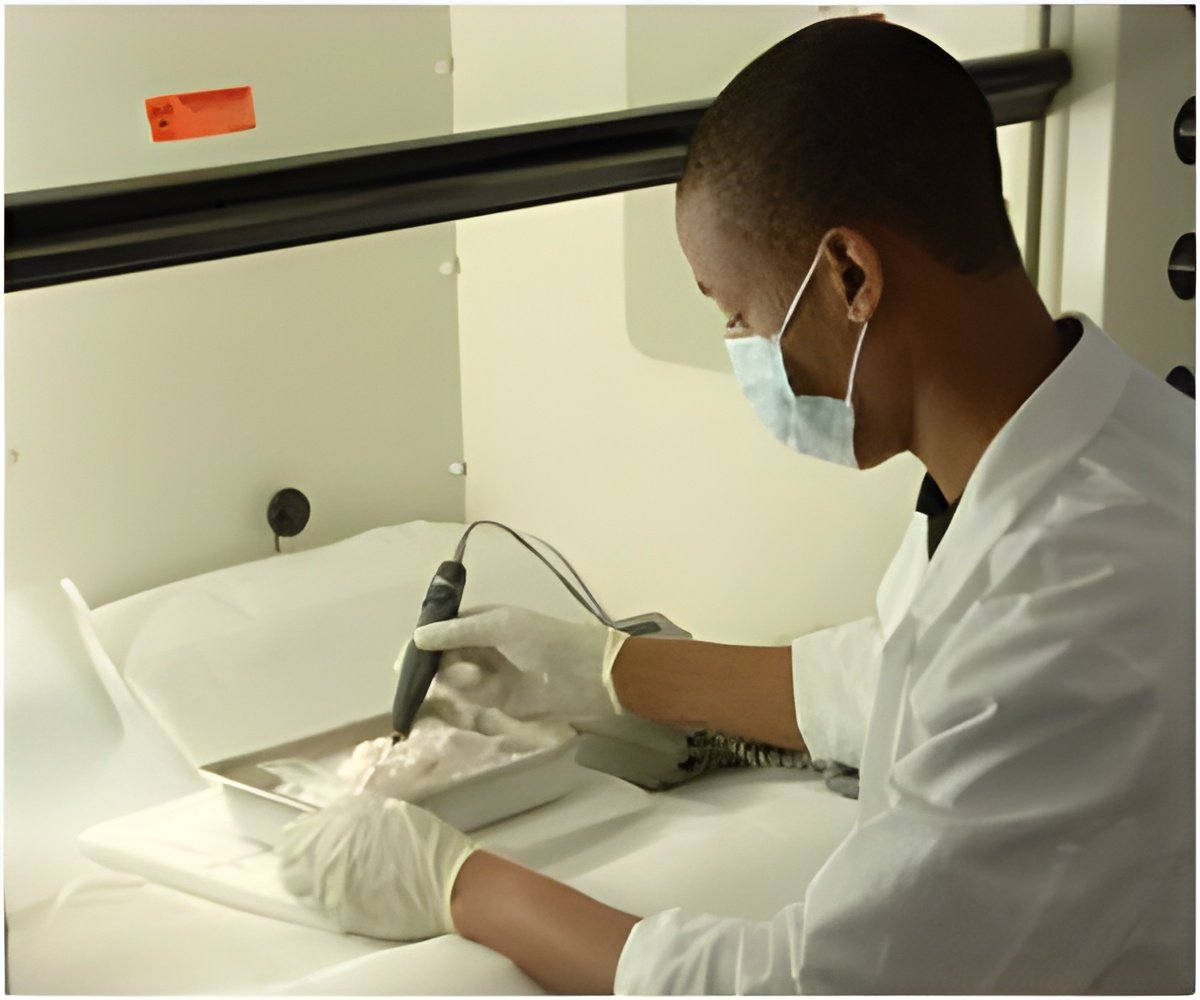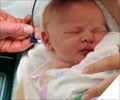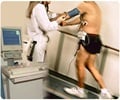A series of reports published in a special supplement to the September 2011 Journal of Clinical Microbiology has touched upon the role of new technologies in disease diagnosis

"This is a very exciting and dynamic period for clinical microbiology: not only are we seeing changes in the way we practice, but we also have a very sophisticated array of tools that are increasingly at our disposal. These tools, and the changes they impart, can substantially improve the quality and delivery of service being provided for our patients," writes Duane Newton of the University of Michigan Medical School in one report on enhancing the function of clinical microbiology laboratories.
The supplement is based on a symposium held in February 2011 to consider a number of issues facing clinical microbiologists today. Laboratory directors from across the United States as well as a representative of the Food and Drug Administration and individuals from eight companies currently active in the field of clinical microbiology came together to plot a new way forward for the profession over the next five years, encourage relationships between labs and industry and develop plans to address important unanswered questions in the field.
Participants identified 19 different specific subjects within five primary topic areas:
- Antimicrobial susceptibility testing
- The role of the clinical laboratory in the diagnosis of selected infectious processes
- Conventional versus molecular methods for pathogen detection and the role of clinical microbiology in infection control
- Clinical microbiology in the year 2015
- The business of clinical microbiology
Advertisement
One of the reports focuses on new technology in clinical microbiology, specifically the rapid diagnosis of bloodstream infections (BSIs) and the associated condition known as sepsis. A common complication of BSIs, sepsis ranks among the top 10 causes of death in the United States, where over 600 patients die each day.
Advertisement
"Despite evidence showing that the rapid administration of an effective antibiotic saves lives, tools in clinical microbiology are primarily based on techniques that evolved 30 to 40 years ago," write the authors of the report. "Several technological advances using simple molecular methods have become available in recent years and show potential for cost benefit."
Although implementation of these technologies in the health care setting has been shown to reduce costs by $4,000 to over $21,000 per patient, because of their cost and complexity they may be accessible only to large reference or university-based diagnostic laboratories. The authors urge the development of platforms that could have utility for hospitals regardless of their size.
"The enhancements desired for the engaged clinical microbiology laboratory 5 years into the future will require us to be nimble, innovative and connected. While this path may not be familiar or comfortable, it will keep us professionally viable and relevant," writes Newton.
Source-Eurekalert








